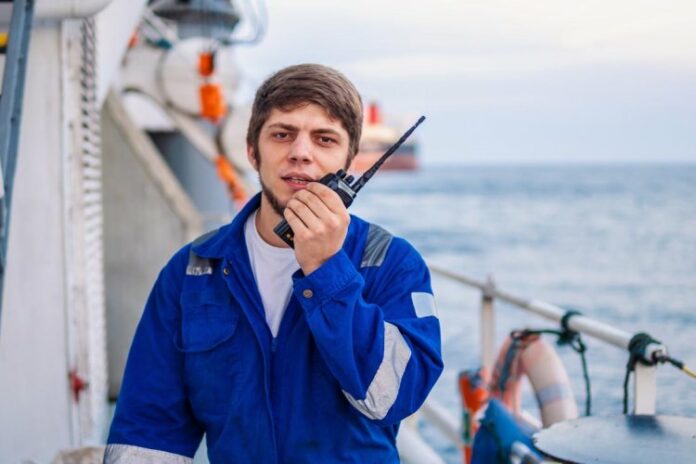Inmarsat has published a new report based on an exclusive analysis of Global Maritime Distress and Safety Services alerts from ships.
Drawing on distress calls sent free at the point of use via the Inmarsat network from vessels worldwide between 2018 and 2020, The Future of Maritime Safety report is published by the Inmarsat Research Programme and has been written by the team at Intent Communications.
Peter Broadhurst, Senior Vice President of Safety & Security, Inmarsat Maritime, said:
“We believe that the creation of an online anonymised data lake of safety information will allow us to identify weak spots and solutions, allocate resources and measure progress towards enhanced safety. Where safety is concerned, data should be shared to create a level playing field for the entire industry.”
The new report also includes significant contributions from Kitack Lim, Secretary General of the International Maritime Organization; Guy Platten, Secretary General, International Chamber of Shipping; Ashok Srinivasan, Manager, Maritime Safety and Security, BIMCO; Kuba Szymanski, Secretary General, Intermanager; and Stuart Edmonston, Director, Loss Prevention, UK P&I Club.
With the commercial vessel fleet growing by 4.1 per cent in 2019, the report logs 834 distress calls made by Inmarsat GMDSS service users in 2020, compared to 761 in the previous year. In capturing the broadly stable relationship between ships in service and distress call numbers, the report nonetheless highlights specific areas for attention.
Detailed analysis during the three years shows tankers overtaking fishing vessels to generate the highest number of GMDSS alerts (122 calls in 2020). The high frequency of alerts from coastal waters is interpreted as relating to the operation of older tonnage. Alerts from deep sea tankers are relatively scarce, where charterers require higher standards and younger tonnage is deployed. Fishing distress calls remain frequent, indicating that there is still a lot of work to do in this sector to raise overall safety for fishers and fishing vessels under individual flag state control.
The number of distress calls from bulk carriers and container ships remained largely consistent over the period, although the former witnessed a distinct cluster in the Yellow Sea between China, North Korea and South Korea, while the latter saw a spike in East Asia as Covid-19 unfolded in 2020.
Broadhurst continued:
“This report establishes significant trends that merit close scrutiny by all stakeholders and offers a powerful example of the potential for analytics and new technology to provide the basis for a data-driven and more proactive safety. Today, a ship’s captain can often be seen as a single point of failure. This is in stark contrast to the ‘Swiss-cheese’ model of risk maritime regulators now accept, and the goal-based and proactive approach that puts rapidly evolving technology at the heart of better supporting the safety of life at sea.”



